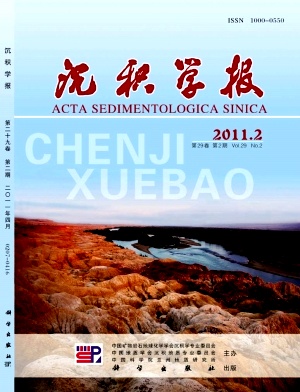Element Features in Different Grain Size Fractions of Lacustrine Sediment and Their Environmental Implication : A case study of Huangqihai Lake
- Received Date: 1900-01-01
- Rev Recd Date: 1900-01-01
- Publish Date: 2011-04-10
-
Key words:
- Huangqihai Lake
Abstract: The terminal Huangqihai Lake is located at the northern margin of the modern East Asian summer monsoon, and its evolution is sensitive to climate changes. Profile H3 is a few kilometers away to the southeast of the lake which was consisted of fine sand and silt deposited during ca 8.5~2.0 ka BP. During this period, Huangqihai Lake experienced its highest lake level in Holocene as well as largest summer monsoon precipitation. Analysis of Rb, Sr, Ba, Mn, Ti, Zr elements in entire sample, the fraction of grain size of 20~77 μm and <20 μm, and Carbonate Minerals content in <20 μm fraction indicated that element abundance in different grain size exhibited different features. Ti and Zr has enrichment tendency in the fraction of grain size of 20~77 μm; Mn, Sr and Rb was apt to enrich in the fraction of grain size of <20 μm, and the enrichment of Ba was not distinct. The enrichment of Ti, Zr, Mn and Rb probably were the fragmentating characteristics of their silicate minerals, and that of Sr was caused by lacstrine autogenic carbonate. Zrc/(Rbc+Bac)ratio, Zrc/Rbc ratio, and the grain size effect of Zr and Ti(or Tic/Tif, Zrc/Zrf) showed the relative content of heavy and light minerals, which indicated the intensity of erosion in basin and transportation from basin to lake, and lake enlarging and reducing information. The information which indicated by Baf/Srf ratio, Rbf/Srf ratio in <20 μm fraction was complicated and has no directly environmental implication.
| Citation: | ZHANG Jingran. Element Features in Different Grain Size Fractions of Lacustrine Sediment and Their Environmental Implication : A case study of Huangqihai Lake[J]. Acta Sedimentologica Sinica, 2011, 29(2): 381-387. |






 DownLoad:
DownLoad: